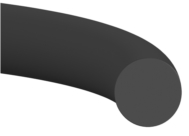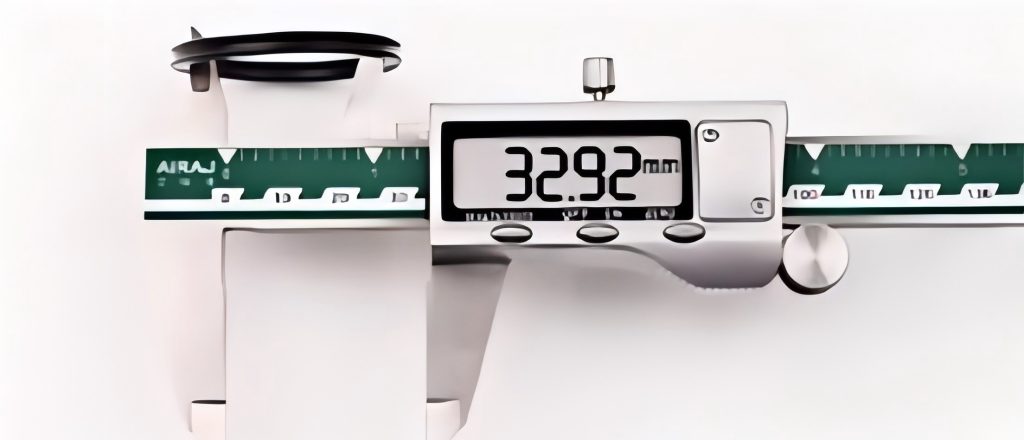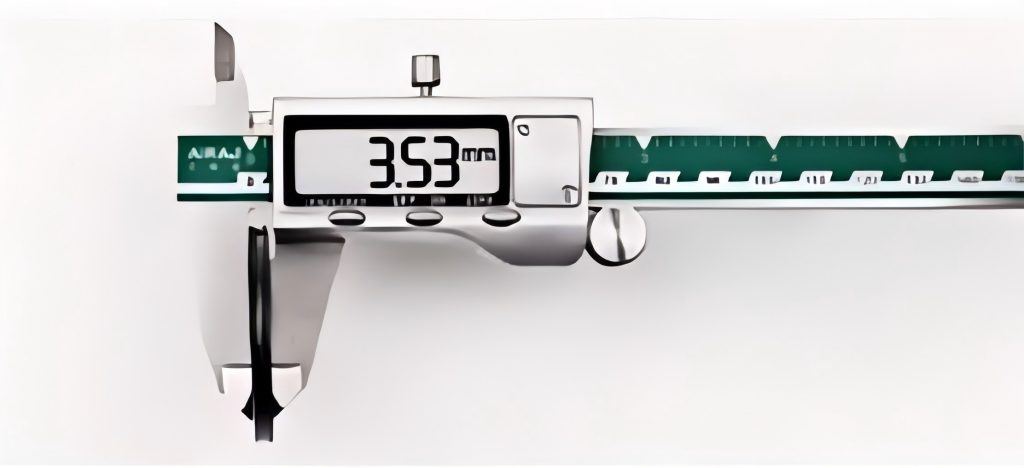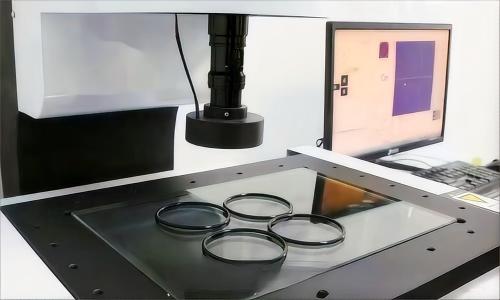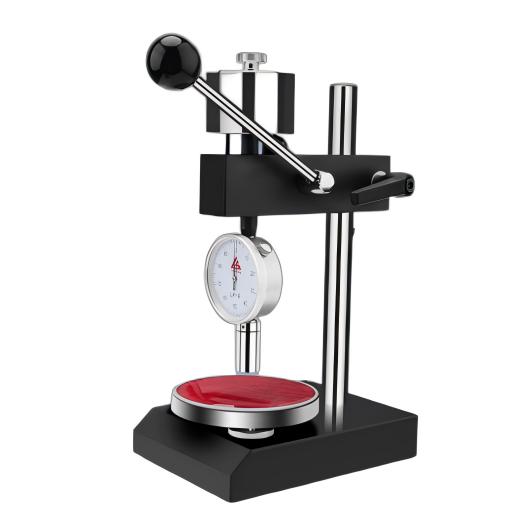Materials
Metric O-rings can be manufactured using a variety of materials, common materials include:
Nitrile rubber (NBR): oil and abrasion resistant, suitable for most hydraulic and pneumatic applications.
Fluoroelastomer (FKM): high temperature and chemical resistant, suitable for extreme environments.
Silicone rubber (VMQ): high and low temperature resistant, suitable for food and medical industries.
Ethylene propylene diene diene (EPDM): ozone and UV resistant, suitable for outdoor applications.
Hydrogenated Nitrile Butadiene Rubber (HNBR): high temperature and oil resistant, suitable for high performance applications.
Tolerances
The ISO 3601 standard has strict regulations on the inside diameter, section diameter and tolerances of O-rings to ensure that O-rings produced by different manufacturers can be used interchangeably. Tolerances are typically within ±0.1 mm.
Marking
Each ISO 3601 O-Ring is normally stamped with its size number, e.g. ‘ISO 3601-1-2.62-10.00’ for an O-Ring with a cross-section diameter of 2.62 mm and an inner diameter of 10.00 mm.
Applications
Metric O-rings are widely used in a variety of industrial applications, including:
Hydraulic systems: used to seal hydraulic cylinders, valves and pipe connections.
Pneumatic systems: used to seal pneumatic cylinders, valves and pipe connections.
Mechanical equipment: used to seal gearboxes, bearings and other mechanical components.
Piping connections: for sealing piping joints to prevent leakage.
Installation Precautions
Cleaning: Make sure the O-ring and groove are clean and free of impurities before installation.
Lubrication: During installation, appropriate lubricants (e.g. silicone grease) can be used to reduce friction and prevent damage to the O-ring.
Avoid twisting: Avoid twisting or stretching the O-ring during installation to avoid affecting the sealing effect.
Maintenance and Replacement
Regular inspection: Regularly check the wear and tear of the O-ring, and replace it in time if it is damaged or aged.
Storage conditions: O-rings should be stored in a cool, dry environment, avoiding direct sunlight and high temperatures.


